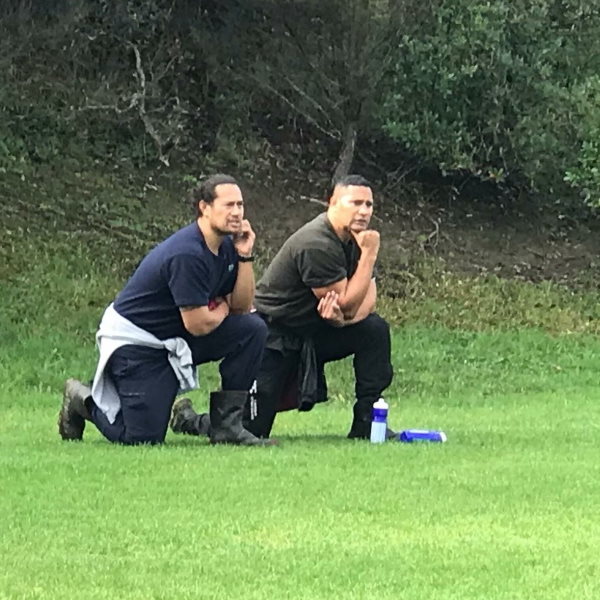
All
More Coaching Advice
There is never one way to coach and having many ideas and approaches helps ensure you can find something that suits you and your team.
- Categorygetting-started
- Last UpdatedSep 2021
Key words & instructions
It is unlikely that shouting out instructions and directions from the sideline, while the game is in action is going to help your players. Do you want them concentrating on the tackler coming at them or paying attention to your drift defense instructions?
But what can be effective is three or four short prompts to help with guidance. "Move forward", "Hit the ground", "Rocket". These phrases are what you have established and done at practice. Moving forward when on defense. Going to ground when tackled. Passing the ball wide. These known phrases act as a quick trigger/reminder for the player and they don't need to be looking at you or even clearly hear you. The key is not to introduce new phrases or alter the current one on game day.
Play-Train-Play
Play train play is a proven approach to training kids. It has been adopted by Harbour and promoted around all the clubs. The idea is you play a game or run a drill for a few minute without providing any skill instructions. Then stop and discuss it. What was hard or wasn't working so well. Then teach the skill and reply the game.
You might start with 6 on 4 touch. They play but not many tries are scored. You then talk about why that is. Through that you agree it is because everyone is trying to score the try them selves. You then do a draw and pass skill drill. Then back to the same game to apply that skill.
You can apply this directly with drills as well. Run the drill without any guidance. Then stop and talk about what is not working so well. Then provide some guidance and how to do the drill better and run it again.
Whats the point
What ever we do at practice should be serving a purpose. Making sure the players know the purpose helps give them reason to do it better. Look to provide context. "You have made a big break, there is one defender to beat and a supporting player on your outside. Draw and pass to score the try."
Visuals
Provide visuals to help players get a concept.
"Spider man hands". When spider man is ready for action his hands are up and he is ready for action.
"The Great Wall". Have the kids stand with hands out wide and touching each other. Then have players try and run through without being touched. They can't. This visual exercise helps them to understand how to maintain right spacing in a defensive line.
Involve the ref
When running small games or game scenario's have your ref, ref it. This helps the players experience what it is going to be like on game day. It also helps your ref become a better referee. You can then also coach the game to the way it is going to be ref'd. By doing this you will find that the game runs much more like you practiced. At least when your team is refereeing the game. :-)
Ask the players
The more you involve your players in thinking about the game the more they will actually think about what they are doing and what they should be doing.
When they do a bad pass or terrible tackle, ask them what went wrong. This gets them thinking and self evaluating and this will reinforce in their mind the correct technique of the skill.
When the team runs the ball to the side line and runs out of space. Ask them what should they be doing in that situation. Talk it over with them and come to a team decision about it.

